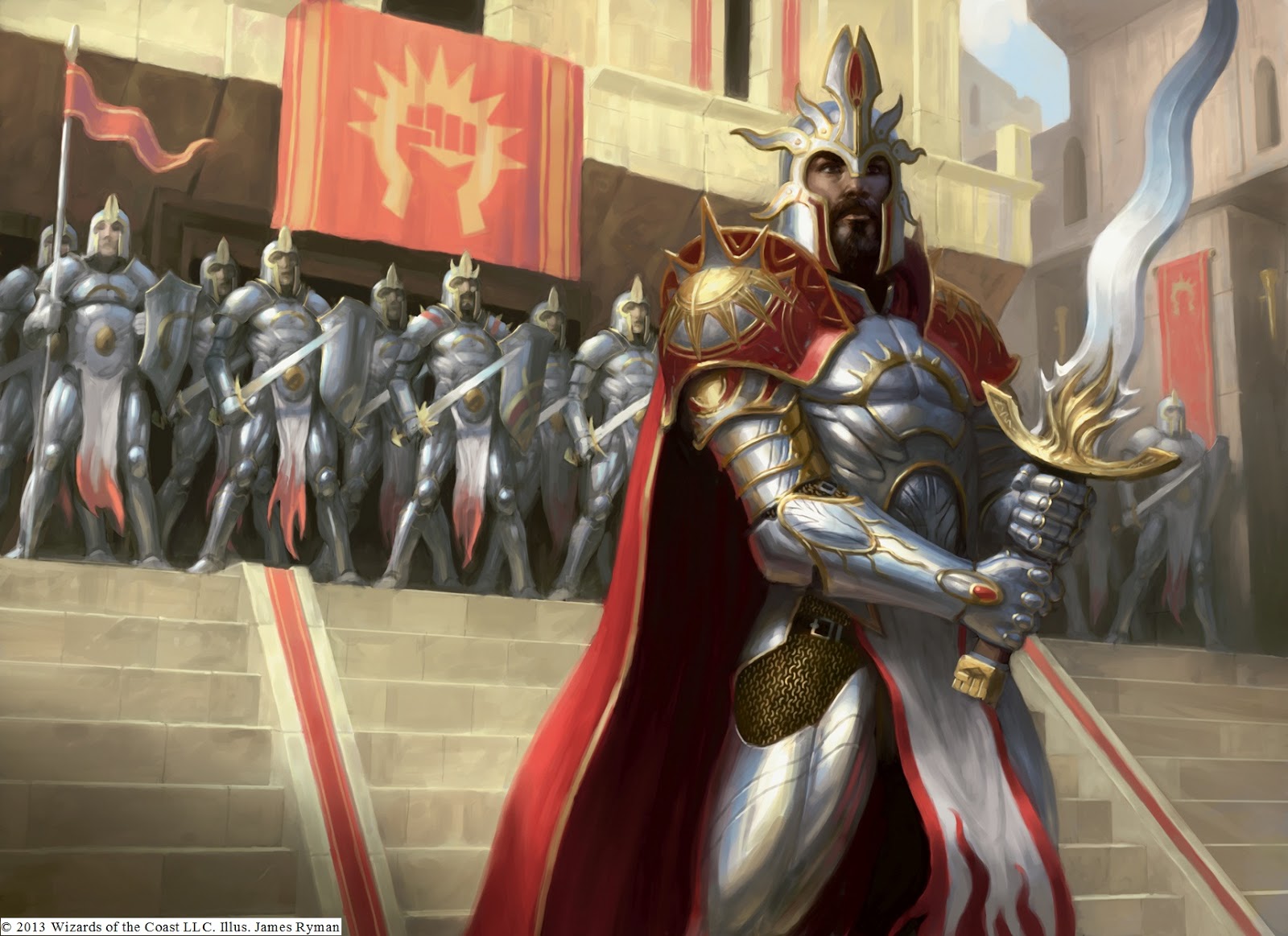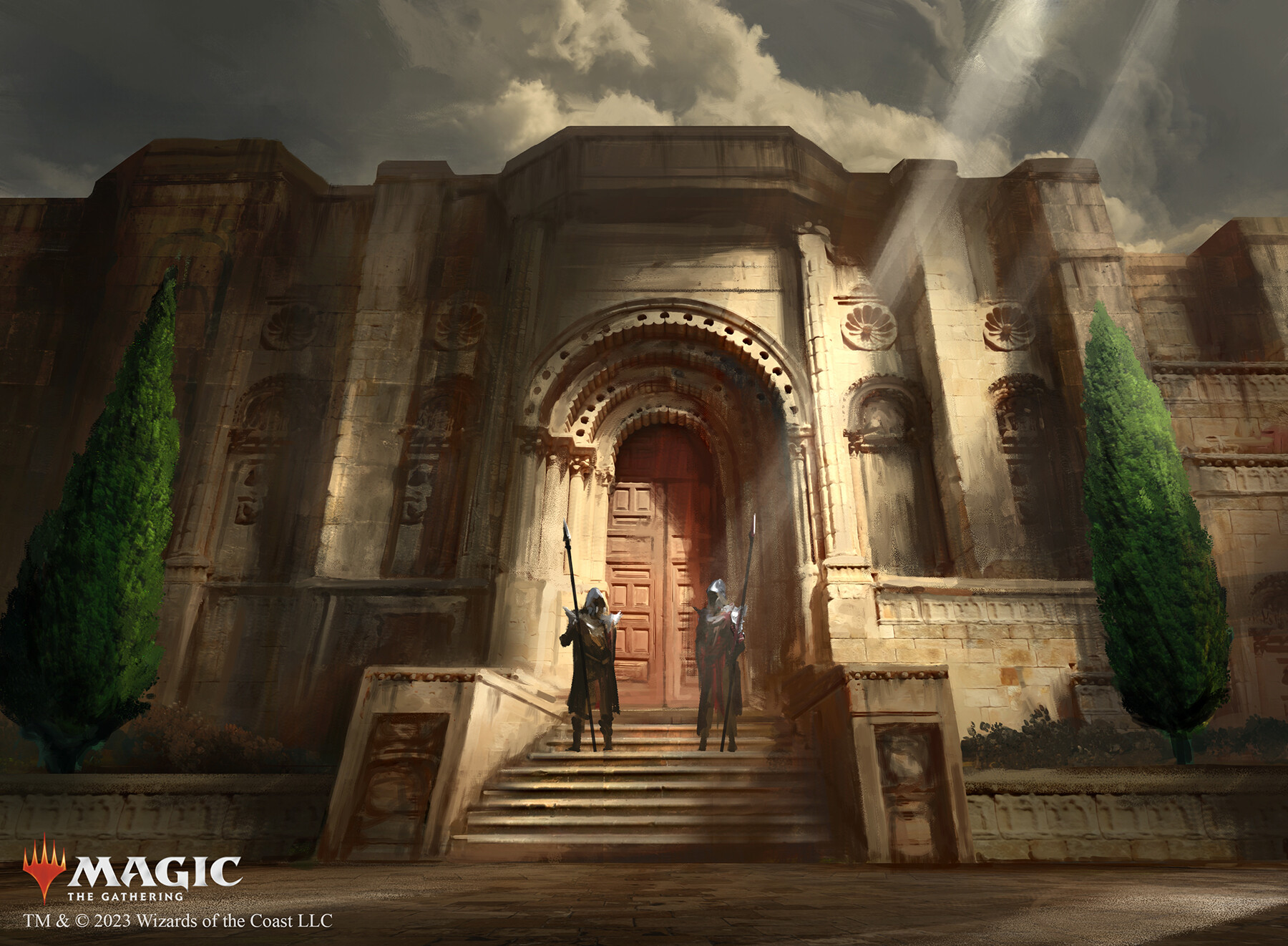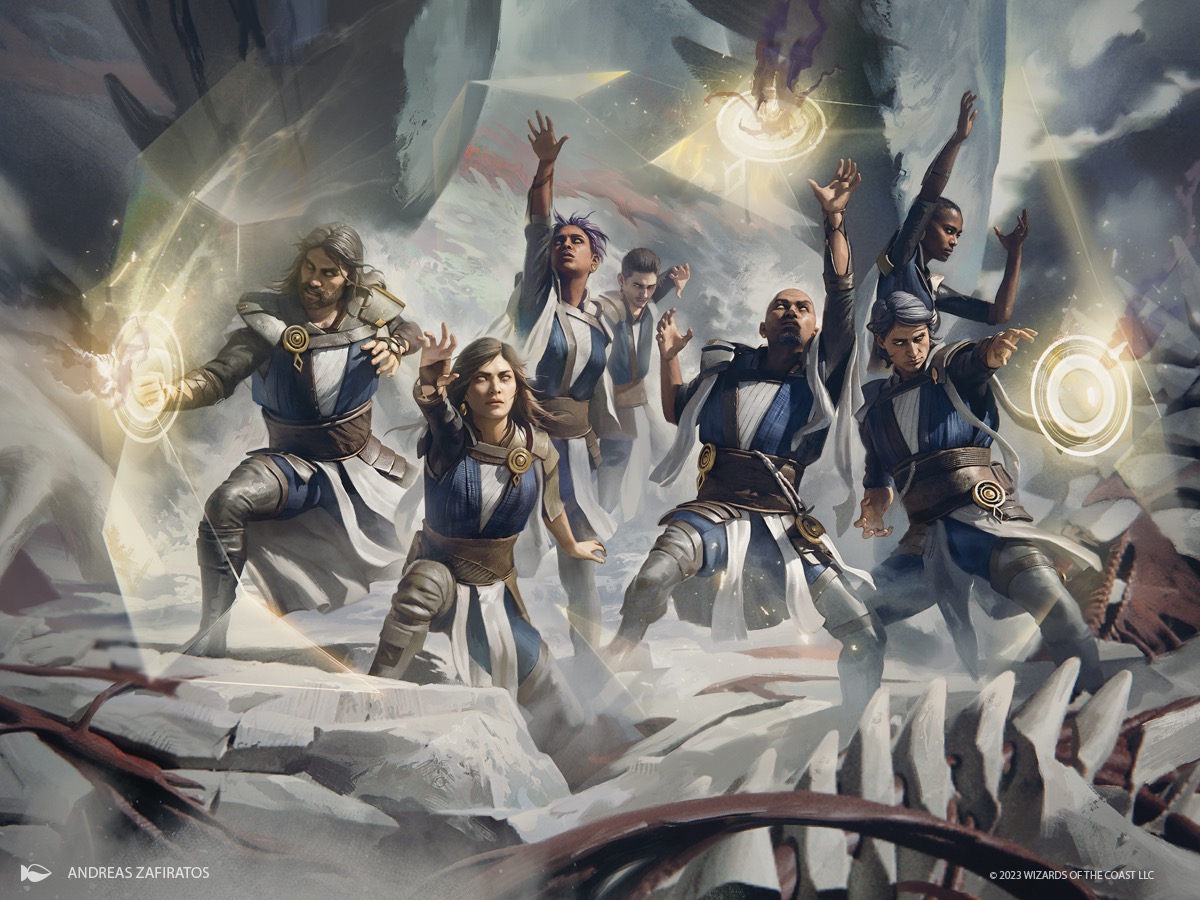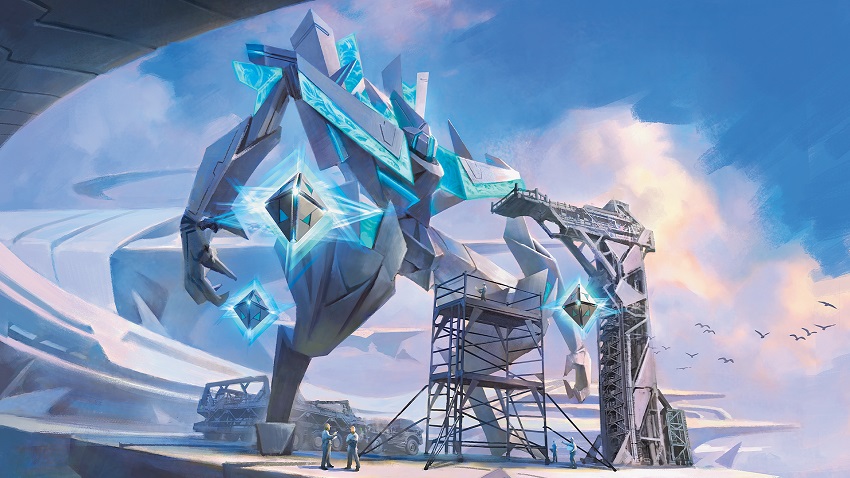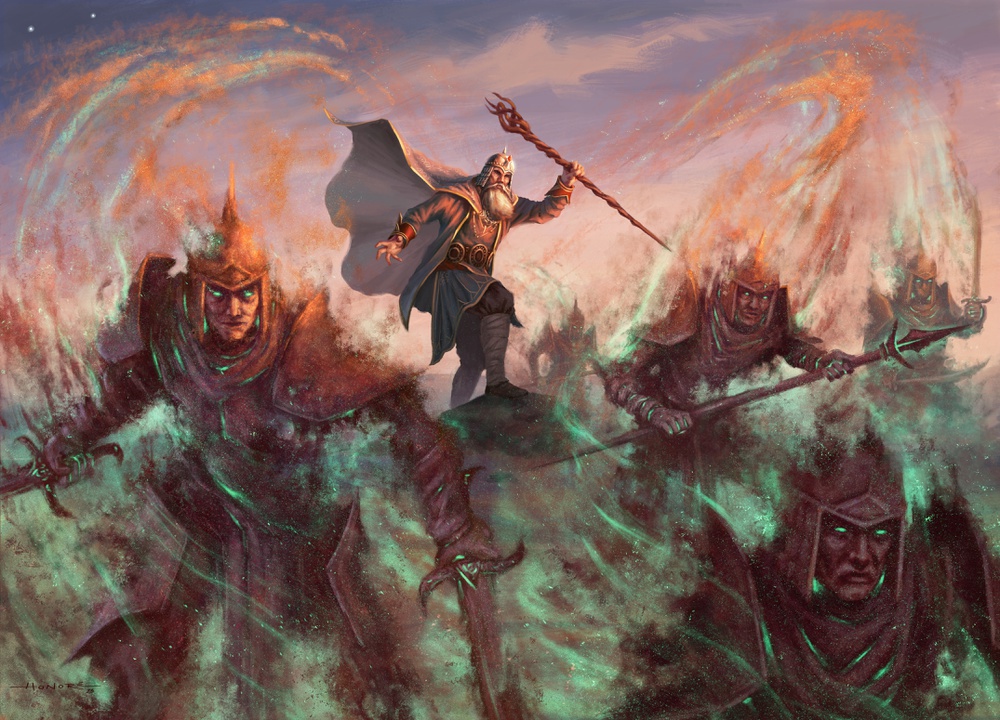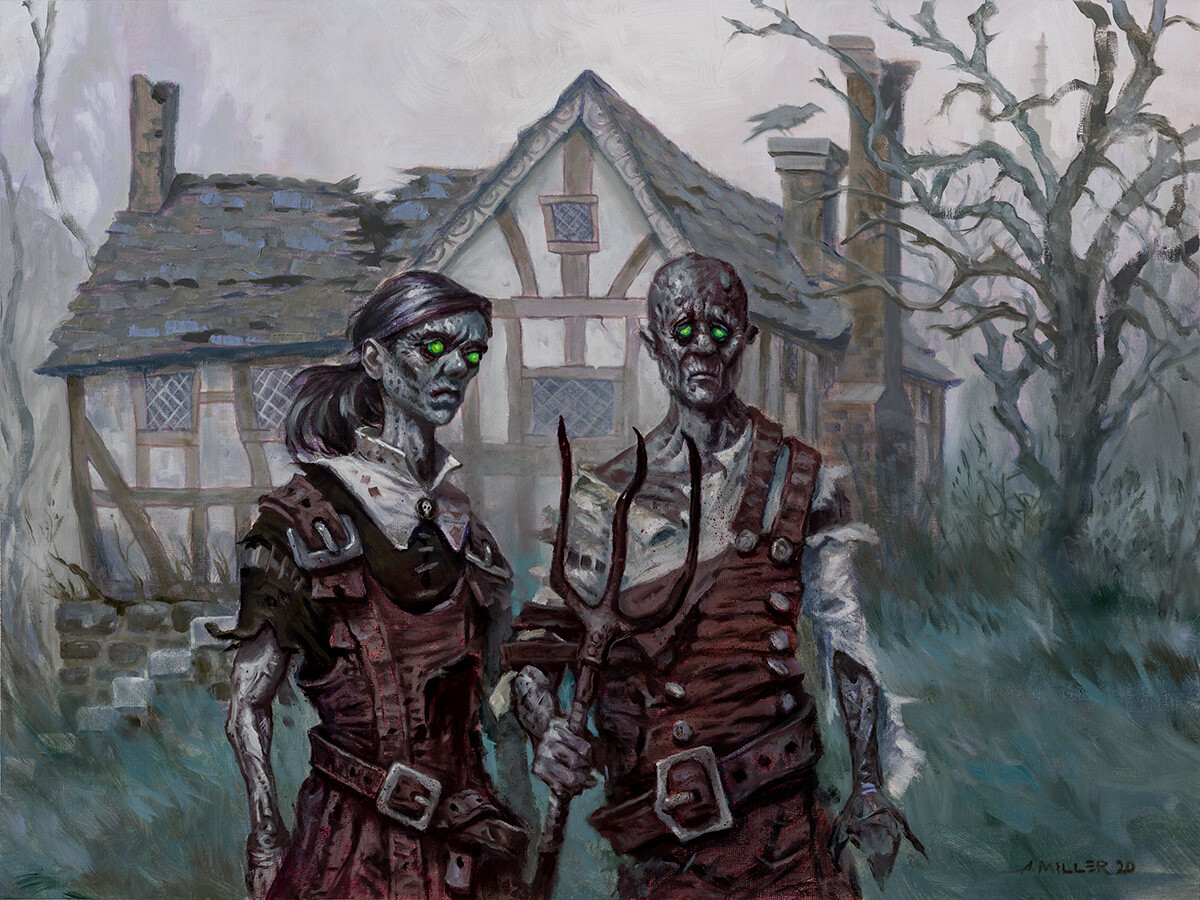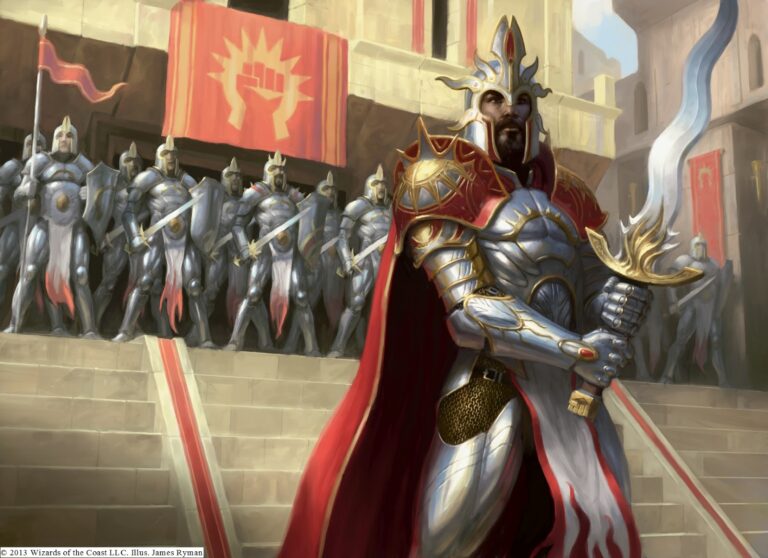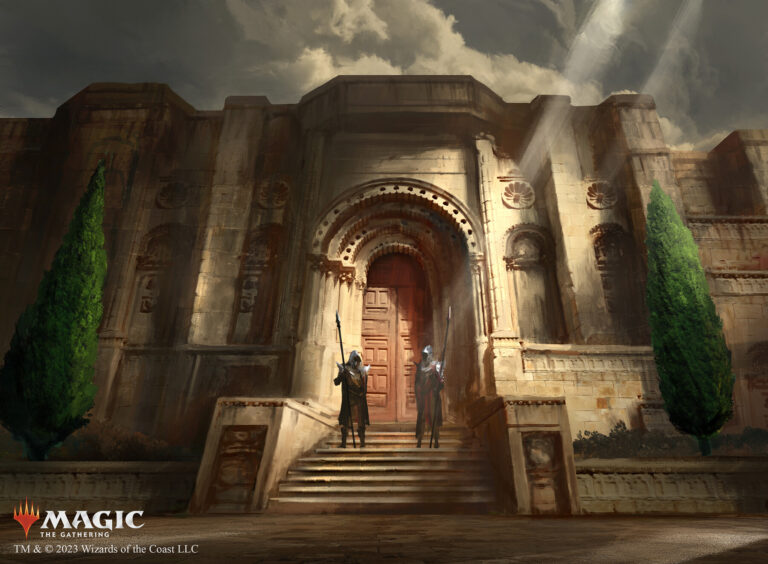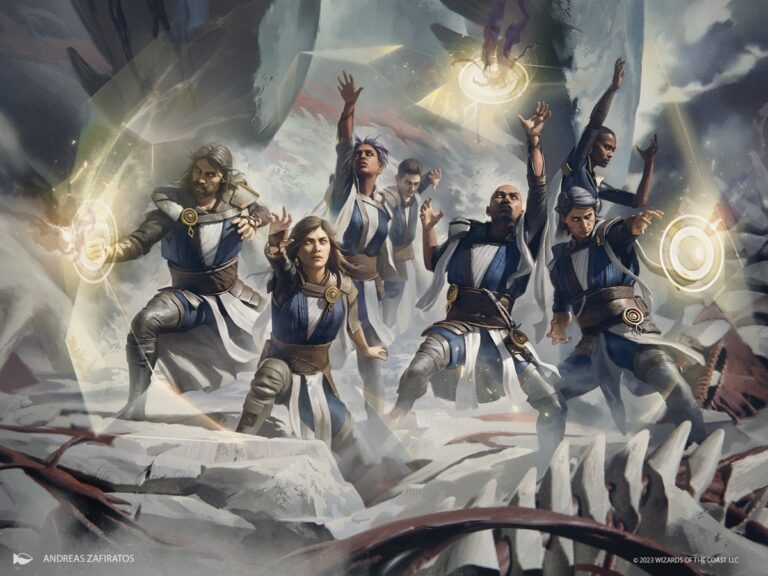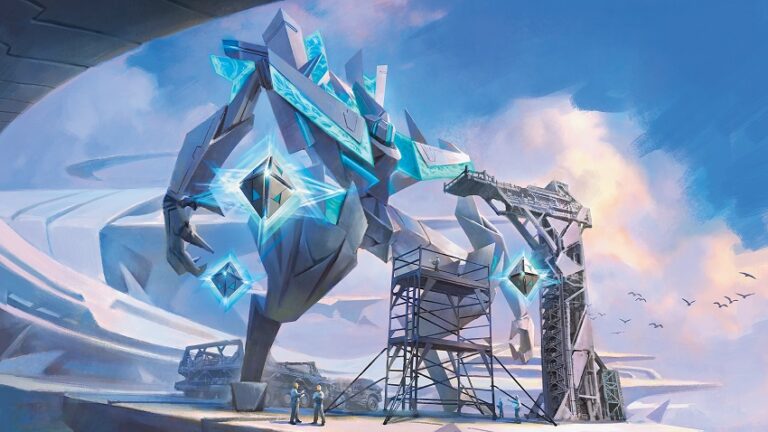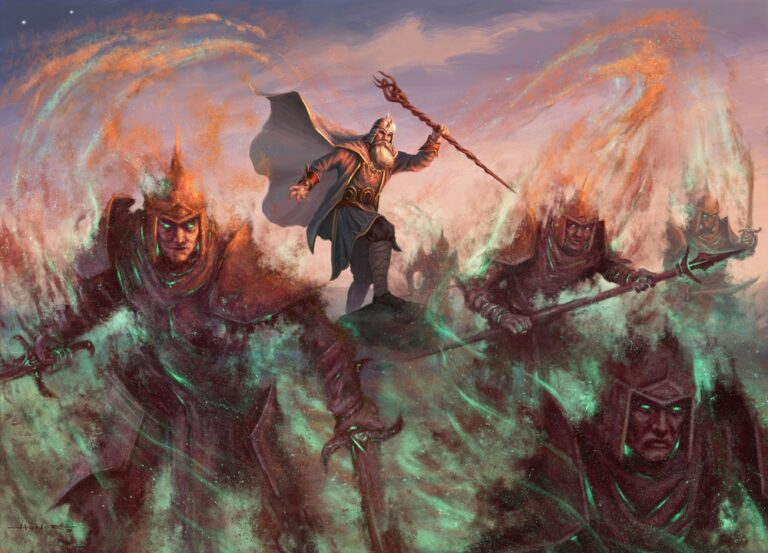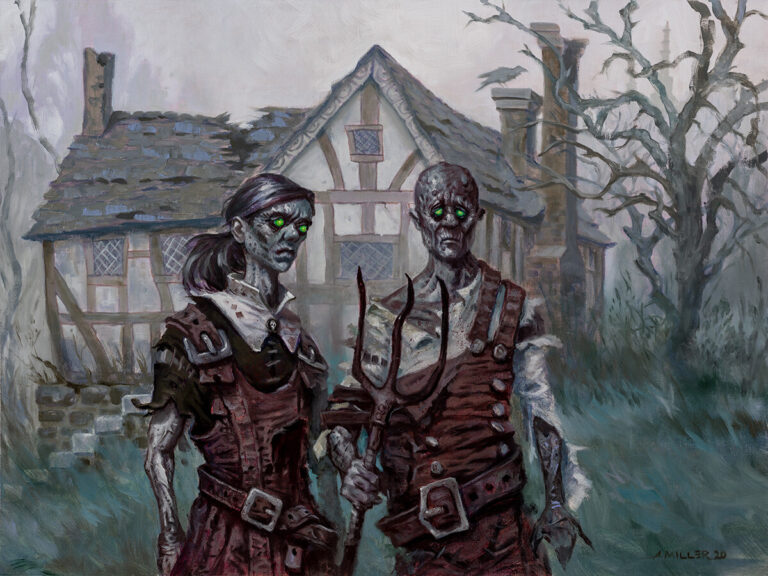Whether you aim to win your first Centurion tournament or simply want to have fun with new friends, this guide can help you. Born from the passion of Italian player communities in January 2019, this format aims to offer an engaging and competitive experience. With a Banned List designed to preserve game balance, Centurion is the best option for those who love playing with a large pool of cards, competing with other players, and having fun with friends.
Want to know more? Here’s a summary of the main rules of the format:
- Each player chooses a legendary creature as the commander of their deck. The “color identity” of the commander includes the colors of the card and the mana symbols in the rules text. All cards in the deck must adhere to this color identity.
- A Centurion deck must contain exactly 100 cards, including the commander. If you use a companion (i.e., Lurrus of the Dream-Den), it must follow the color identity and singleton rules (all different cards), counting as the 101st card. Except for basic lands, no card in the deck can have the same name as another, unless allowed by specific card rules.
- Players start with 25 life points.
- Commanders start in the Command Zone and can be cast with an additional cost of 2 mana for each previous time they have been cast (commander tax). This rule also applies to commanders with the “partner” ability, so the tax is “shared,” but we will discuss this in more detail later.
- If a commander moves to the library, hand, graveyard, or exile, it can be redirected to the Command Zone.
- A player loses if they take 21 combat damage from a single commander.
Color Identity
One of the most interesting aspects of Magic is the ability to explore various strategies by choosing the colors you like the most. In Centurion, this is even more important due to the presence of the commander. Your commander determines the color identity of the deck, limiting the cards that can be included. The identity of a card includes its color and any mana symbols present in the card’s text.
It is important to distinguish between the color identity and the color of the card itself. For example, Golos, Tireless Pilgrim is a colorless card but has a five-color identity due to its ability that requires all five colors to activate.
Another example is double-faced cards. For instance, cards like Tamiyo, Inquisitive Student, despite showing a single color on the front face, have a green-blue identity due to their back face Tamiyo, Seasoned Scholar.
Banlist
The banlist in Magic: The Gathering is a list of cards that are not legal in a particular format. Some cards may be too powerful or create disproportionately strong combinations, while others make the game frustrating with long waits or complex interactions that slow down the match. In the Centurion format, the banlist is continuously reviewed by the Committee, supported by a testing team that constantly plays to evaluate the strength of cards and ensure a balanced gameplay experience.
One of the fundamental principles of the format is to limit access to cards that allow for excessive mana acceleration. This means that cards like Black Lotus, Jeweled Lotus, Sol Ring, Mana Crypt, and Mana Vault are banned. It wouldn’t be fun to see your opponent cast huge creatures or powerful spells in the early turns thanks to these cards, right?
In recent years, Magic has seen a continuous increase in the overall power level of cards. To keep the format balanced, we have two options: we can be strict and ban a large number of cards, or we can try to allow most cards, including extremely strong commanders, as long as they can coexist in the meta without dominating the rest of the cards. The second approach is what reflects the choices behind the Centurion banlist, ensuring players have the widest possible deck-building options while maintaining a healthy and balanced meta.
The metagame
What is the metagame?
Meta, short for “metagame,” is a concept familiar to the vast majority of Magic players:
whenever we ask ourselves which cards and decks we will most likely face and which cards or decks will give us the best chance of winning, we are actually trying to point the event, or the format as a whole. Wanting to give a more precise definition, we can say that the metagame is the set of what players choose to play and the results they get.
As we know, deckbuilding choices and tournament results influence each other, and this makes the metagame an ever-changing reality. In fact, it is a real level of play beyond that of the games themselves, made up of strategic moves and counter-moves that occur before sitting down at the tables and taking the cards in hand. Not surprisingly, metagame literally means “game beyond (the game)“.
Here you can find the resources you need to study the metagame:
- Real-time Tournament Report: this report provides up-to-date data from various tournaments. Here, you can find all the decks played with their winrates. This is an invaluable resource for analyzing which strategies are currently successful and understanding the shifting trends within the metagame.
- Reports page: In this section of the website, you will find some of the reports published by our Italian Facebook group starting from 2024. These do not represent all the tournaments actually held in our format.
- Facebook Group: by joining this group, you can connect with other players and view tournament reports. It’s a great platform for discussing strategies, sharing insights, and staying informed about the latest developments in the format.
- Discord: join our community and start brewing.
Building your first Centurion deck
Have you checked out the metagame and picked your first commander? Awesome! Now comes the most fun part: building your deck. You can either start from scratch, creating your own list, or get some ideas from top players.
In our community, we often use Moxfield. We have an official account there that you can follow, where you’ll find lists that have done really well in tournaments. If you place well at your next event, your list might get uploaded and shared with everyone too!
Just imagine the thrill of seeing your deck among the champions, knowing other players are getting inspired by your strategies. It’s a unique chance to make your mark in the world of Centurion.
When building your deck, keep in mind your strategy, game plan, and the strengths of your commander.
Is our deck proactive or reactive? In other words, are we the ones proposing threats and setting the game right from the first rounds, or do we want to wait for the opponent to make his moves and then respond? Generally, the more proactive a deck is (i.e., Aggro or Combo), the less adaptable its list is with “hate” cards, unless the cards align well with the overall plan or, at the very least, don’t hinder it too much. The risk of including an excess of general responses in a deck that follows a proactive strategy is to reduce its strength and effectiveness, and therefore greatly worsen the positive matchups to only slightly improve the negative ones.
The reactive decks (Control, Midrange and partly Tempo) instead have more flexible lists, which can, actuallymust, be adapted from time to time to the current meta with specific cards. Even in this case, however, focusing too much on a single matchup makes you more vulnerable to other strategies (i.e., too many mass removals significantly improve the matchup against aggro but are almost useless against control decks), so it will be necessary to balance the responses to each other. In addition to the specific hate cards, the tutors, cantrips and all those cards that will allow us to draw and therefore access the answers we need in a particular situation will be of great importance.
However, even if you can optimize a deck and perfectly balance threats and responses, it will always be subject to the principles of the clock metagame. We must therefore accept having negative matchups and expect to lose matches in a tournament even if we play one of the favorite decks in its most optimized form. Depending on the type of deck, make sure to include the right number of lands. It’s tricky to give a one-size-fits-all answer on how many lands you should play, but we recommend somewhere between 35 and 40. Keep in mind that the lower the average mana cost of your deck (the mana curve), the fewer lands you’ll need.
A few lists to get started
One of the great advantages of the Centurion format is its incredible variety. You can choose from a multitude of decks, each with its own strengths and effectiveness. If you’re a new player looking to start playing Centurion, your goal is likely to have fun without spending too much. We know that Magic: The Gathering can be an expensive game, so finding an economical decklist in a format with so many available cards isn’t easy.
To help you out, we’ve selected some lists that can be adapted to avoid lightening your wallet. The lists we present can be adjusted to avoid lightening your wallet!
If you like hitting hard, big beasts, and green and black, Hogaak, Arisen Necropolis might be the perfect commander for you. This deck aims to get the commander into play as quickly as possible and then close out the game with devastating attacks. With a few tweaks, this list can become an economical yet effective choice. Here’s a sample list for you.
Another aggressive deck, featuring the chef with the incredibly long name, is led by Asmoranomardicadaistinaculdacar. As you can see in this list, the deck is Rakdos (red-black) and focuses on generating value by discarding cards from your hand.
An interesting choice could be a deck that cheats on spell costs by exploiting the graveyard. In the reanimator archetype, you might consider Vohar, Vodalian Desecrator. Here’s a list you can look at. The strategy is simple: discard a huge creature into the graveyard and reanimate it right after!
We also have a suggestion for those who can’t do without counterspells and answers: Eris, Roar of the Storm. The list we propose focuses on filling the graveyard with instants and sorceries of various costs, to be able to cast the commander at a discount. If we also exploit Eris’s other ability to create our dragon, there won’t be many turns separating us from victory.
If you’re building a deck and want to make sure you don’t forget anything, you can consult these lists we’ve prepared. In the links below, you’ll find the cards used in all archetypes divided by color. Keep in mind that these lists don’t showcase the most popular cards overall, but are a collection of cards usually found in tournaments. We hope you find them helpful!
Don’t miss out our decktech about the different commanders on our website, which you can find in the articles section.
Rules, rules, rules…
What happens when you have two commanders with the “Partner” ability? Both start in the command zone, ready to lead your deck to victory. You can cast either of the two commanders from the command zone by paying their normal mana cost. However, there’s a small price to pay: each time you cast a commander from the command zone, you must pay an additional tax of {2} mana for each previous time you’ve cast any commander from the command zone. This tax applies to both commanders, sharing the additional cost. This rule also extends to other cards that may share the command zone, such as “background” (e.g., Wilson, Refined Grizzly + Cultist of the Absolute), “friends forever” (e.g., Bjorna, Nightfall Alchemist + Wernog, Rider’s Chaplain), and “partner with” (e.g., Haldan, Avid Arcanist + Pako, Arcane Retriever).
The mulligan rule in Centurion is the same as used in other Magic: The Gathering formats, known as the “London Mulligan”. At the beginning of the game, each player draws seven cards. If you’re not satisfied with your starting hand, you can choose to take a mulligan. The first player decides whether to take a mulligan, followed by the others in turn order. All players who choose to mulligan shuffle their hand into their library, draw a new hand of seven cards, then put a number of cards equal to the number of mulligans taken from the hand to the bottom of their library. This process repeats until all players are satisfied with their hands.
In tournaments, matches are played best of three games to determine the winner. The time limit is set at 50 minutes, after which 5 additional turns begin. These turns alternate between the two players (e.g., Turn 0 is the active player’s turn at the end of time, Turn 1 is the opponent’s turn, and so on). If the time expires and neither player has won the current game within the additional turns, that game does not count towards the match result. For example: Player A wins the first game, Player B wins the second, and time expires during the third game. Five additional turns are played. If no one wins during these turns, the match ends in a draw. Another example: Player C wins the first game, and time expires during the second game. If the second game isn’t completed within the additional turns, the match ends with a score of 1-0 for Player C.
We’re waiting for you!
With your deck ready and the rules clear in mind, you’re all set to dive into one of the most dynamic formats of Magic: The Gathering.
We look forward to seeing you on the battlefield. May your commander lead you to victory!

